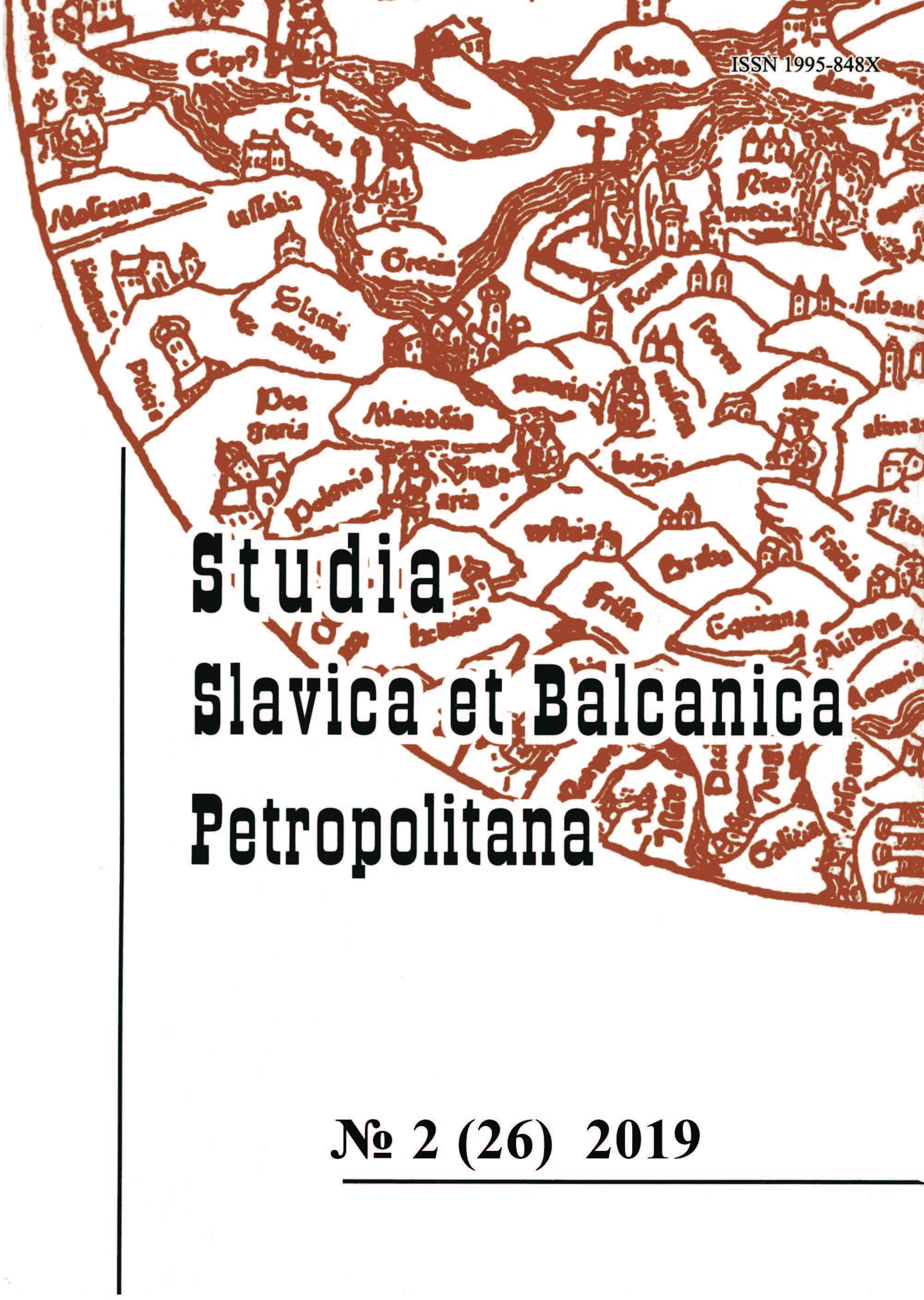Image Studies in Examining Shared Perceptions of the Past: Two Russian Cases
Image Studies in Examining Shared Perceptions of the Past: Two Russian Cases
Author(s): Kati Mari Johanna ParppeiSubject(s): History, Cultural history, Ethnohistory, History of ideas, Cultural Anthropology / Ethnology
Published by: Издательство Исторического факультета СПбГУ
Keywords: image; historiography; nationalism; identities; myths; narratives
Summary/Abstract: Historical image studies have been used successfully in analysing, for instance, representations of «otherness». Despite of its certain restrictions, the approach can also be used in studying phenomena that are more complex. In this article, two recent case studies, both concerning Russian historiography and the formation of national narratives, are shortly discussed in order to ponder upon the applicability of the method in examining collective perceptions of the past. The first case is about the formation of the historiographical image of the borderland monastery of Valaam. The second one examines the development of the collective ideas concerning the battle of Kulikovo (1380). It can be said that in the image formation of Valaam, the emphasis is on spatiality, religion and contested frontier, whilst in the case of Kulikovo imagery, the ideas of temporality, national significance and active, unified resistance prevail. What is common for both case studies, however, is that the formation of the imagery has been intertwined with contemporary political issues of each given time. The process has had a full support of the power structures. Also, there is strong undercurrent of National Romanticist thinking connected to both of the cases. Both of the imageries have been formed anachronistically, in hindsight. Especially in the case of Kulikovo this phenomenon has a central role: the idea of the medieval battle as a crucial turning point is a prime example of explaining history in the light of contemporary knowledge and the prevailing ideological undercurrents. In both cases it is possible to analyze and trace the formation of separate images of certain scenes, turns and figures, and on the other hand, examine them as a whole imagery.
Journal: Петербургские славянские и балканские исследования
- Issue Year: 2019
- Issue No: 2 (26)
- Page Range: 15-36
- Page Count: 22
- Language: English

